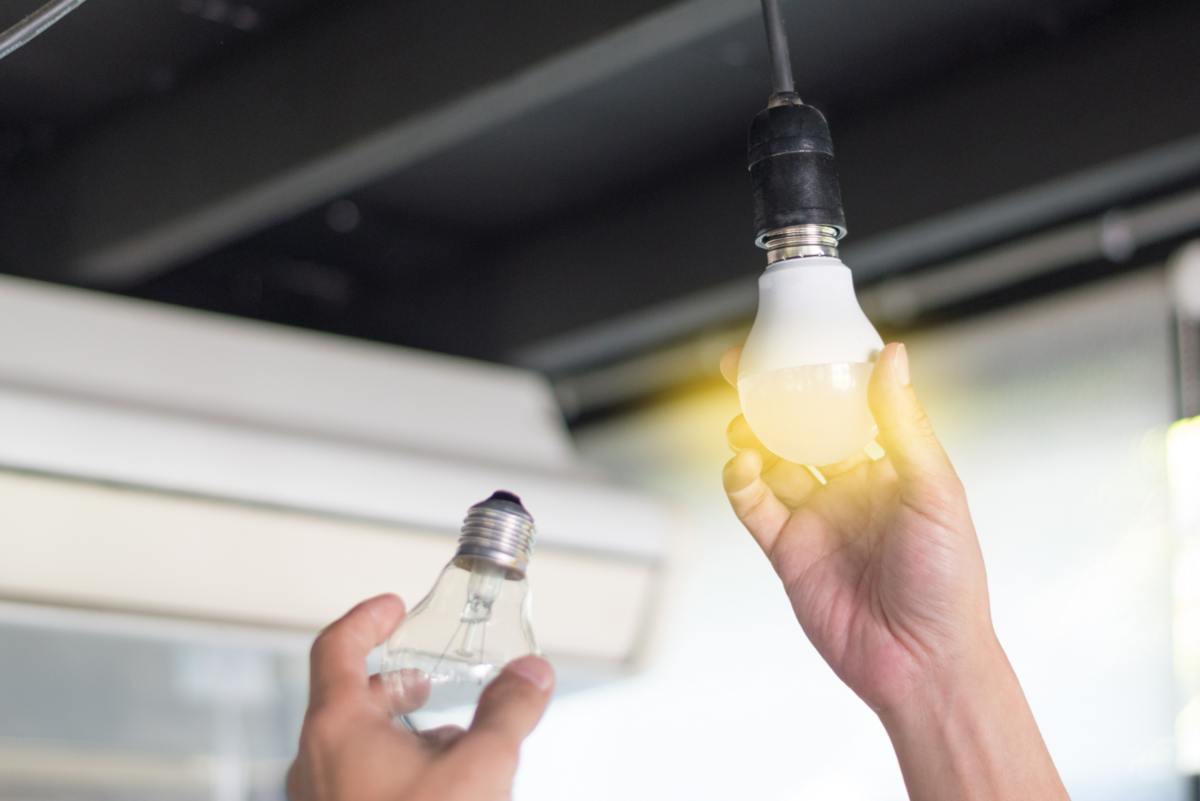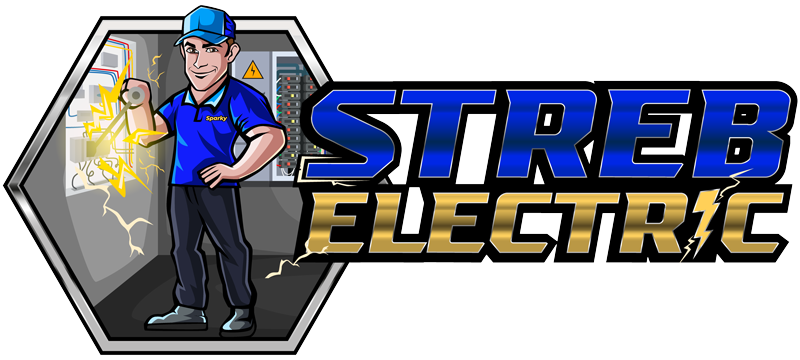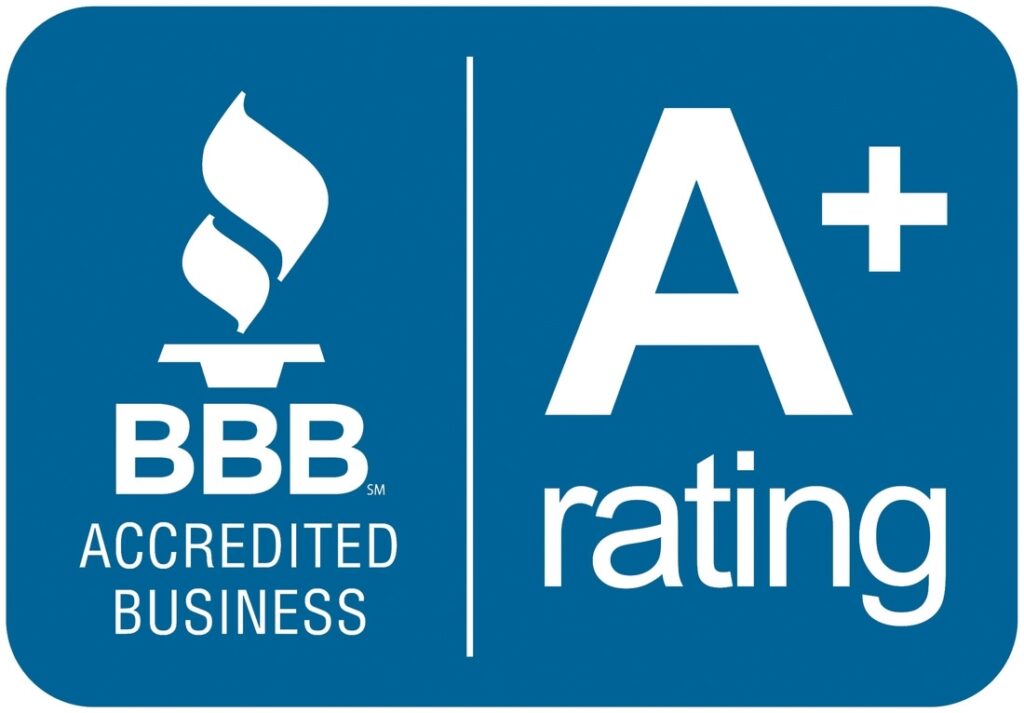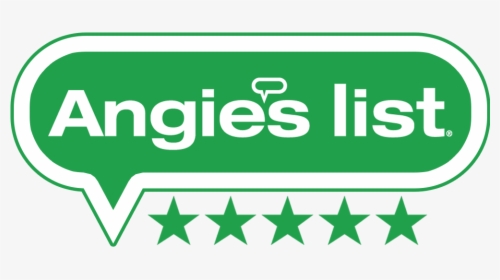Benefits of LED Lighting

What is LED, and how do LED Bulbs Work?
LED stands for Light Emitting Diode. The “light emitting” part is pretty much self-explanatory. The LED light bulb passes an electric current through semiconducting material, producing light. This is known as the diode. Photons (or light) are then emitted, called electroluminescence.
This means that a material (in this case, the diode) casts light when power is applied. Hence, the phase light-emitting diodes where the electrons jump from a side with more electrons to a side with fewer electrons across a junction (called the p-n junction).
By applying power to this p-n junction, the side with fewer electrons fills up with now-charged electrons, creating light.
In contrast, light sources such as the traditional incandescent bulbs use a small filament or wire to pass electricity. The resistance created by the filament makes it get so hot that it glows and produces light.
LED technology and LED lighting products do not produce heat to produce light, so they run cooler and are much more energy-efficient or energy saving than incandescent.
Benefits of LED Bulbs
They are energy-efficient. The same light intensity is attained and uses less wattage because the LED bulb does not lose energy to heat as the incandescent bulbs do.
Other Benefits
- The safety component: LEDs do not contain mercury that bulbs like CFLs or fluorescent lamps have.
- They last long: LED bulbs can work up to 50,000 hours. The incandescent bulbs tend to burn out about 1,000 to 2,000 hours. CFLs burn out around 15,000 hours.
- They can be dimmed: LED bulbs are adjustable with LED-rated dimmers, enhancing your lighting spaces.
- They have a slow failure rate: Most light bulbs tend to burn out quickly, but LED bulbs fade slowly, which gives you time to replace them.
Summary of Benefits of LED Bulbs:
- Long Life. Long lifetime stands out as the number one benefit of LED lights
- Energy Efficiency
- Ecologically Friendly
- Durable Quality
- Zero UV Emissions
- Design Flexibility
- Operational in Extremely Cold or Hot Temperatures
LED bulb lighting technologies are becoming more affordable and versatile and are considered the most efficient lighting solutions.
LED Bulbs and Regular Light Fixtures
LED bulbs can be used in regular light fixtures. This includes using LED bulbs in fixtures now using incandescent or CFL bulbs. LED bulbs were created with the intention that they replace old bulbs that are less energy efficient.
Choose LED bulbs with the same wattage, shape, and base compatible with the fixture. As LED bulbs and light-emitting diodes are being manufactured in every possible form and design, it should be easy to find the right bulbs for your lighting needs.
Many people need clarification when it comes to the wattage. They think they have to use an LED bulb with the same wattage as an incandescent or CFL bulb. However, this is different. LED bulbs use fewer watts than other designs to produce a similar light output.
For example, a 10-watt LED bulb produces the same amount of light output as a 60-watt incandescent bulb. This is good because the LED bulb uses less energy and creates the same amount of light. So, when you replace an old light bulb with a modern LED bulb, you should go for a lower wattage.
Lifespan of the LED Bulb
The average lifespan of most LED bulbs is about 25,000 hours, much longer than incandescent bulbs (approximately 1,000 hours). LED bulbs are the most energy-efficient, and they’re the most durable and long-lasting.
LED bulbs are also more cost-effective in the long term because they last longer and consume less energy, though they can be more expensive to purchase.
However, each bulb is different, so check the product details before purchasing if you want the exact lifespan.
What Color is an LED Bulb?
LED color temperature ranges from a warm yellow light to a cool white light. However, LEDs emit light that tends to be on the cool side compared to other light bulbs.
LED Bulb Advances
Despite all its success, the traditional incandescent light bulb has several disadvantages. Old-fashioned standard bulbs are not energy-efficient and produce excess heat because of how they work.
With eco-conscious thinking and actions becoming more commonplace, people are looking for more efficient newer bulb designs like the LED. The LED bulb is the most energy-efficient and eco-friendly light bulb found today. The benefits of the LED bulbs ensure your home is safe and efficient.
Still Have Questions?
Call us at (440) 953-5819 to speak with one of our friendly, professional electricians at Streb Electric. Or visit us online! Whether in person or via phone, we’re happy to assist you in choosing the correct light bulb.







